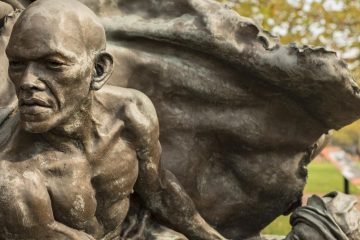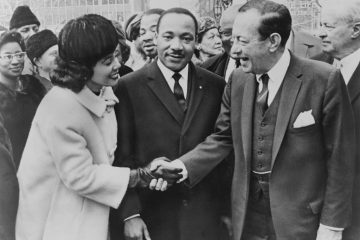I wonder how she did it. Looking back, I really do. I remember her taking time with each class. As I remember, she got the younger children started on a project, maybe painting or going over our ABCs or our numbers. Then she would go on to the next class and get them started. We were all kind of getting started and busy. Then she went to the older children. She spent maybe a little more time with them because their lessons were a little more complicated. Then she would come back to us. But we knew that her eyes were on us and we kept busy. By the time she came back we tried to have our work done, at least I did….And that’s how I remember her accomplishing her teaching.
| –Rebecca Freeman, former student at Iron Hill School |
Iron Hill School, constructed in 1923 in a rural area of northern Delaware, was one of more than 80 schools for African-American children built between 1919 and 1928 as part of philanthropist Pierre Samuel du Pont’s “Delaware experiment.” Though small and modest, these school buildings incorporated the latest design concepts in Progressive era education.
This lesson is based on the National Register of Historic Places registration file “Iron Hill School Number 112C” (with photographs), interviews with former pupils, and other source materials. The lesson was written by Susan Brizzolara Wojcik, Historic Preservation Planner, New Castle County Department of Land Use. TwHP is sponsored, in part, by the Cultural Resources Training Initiative and Parks as Classrooms programs of the National Park Service. This lesson is one in a series that brings the important stories of historic places into the classrooms across the country.


0 Comments